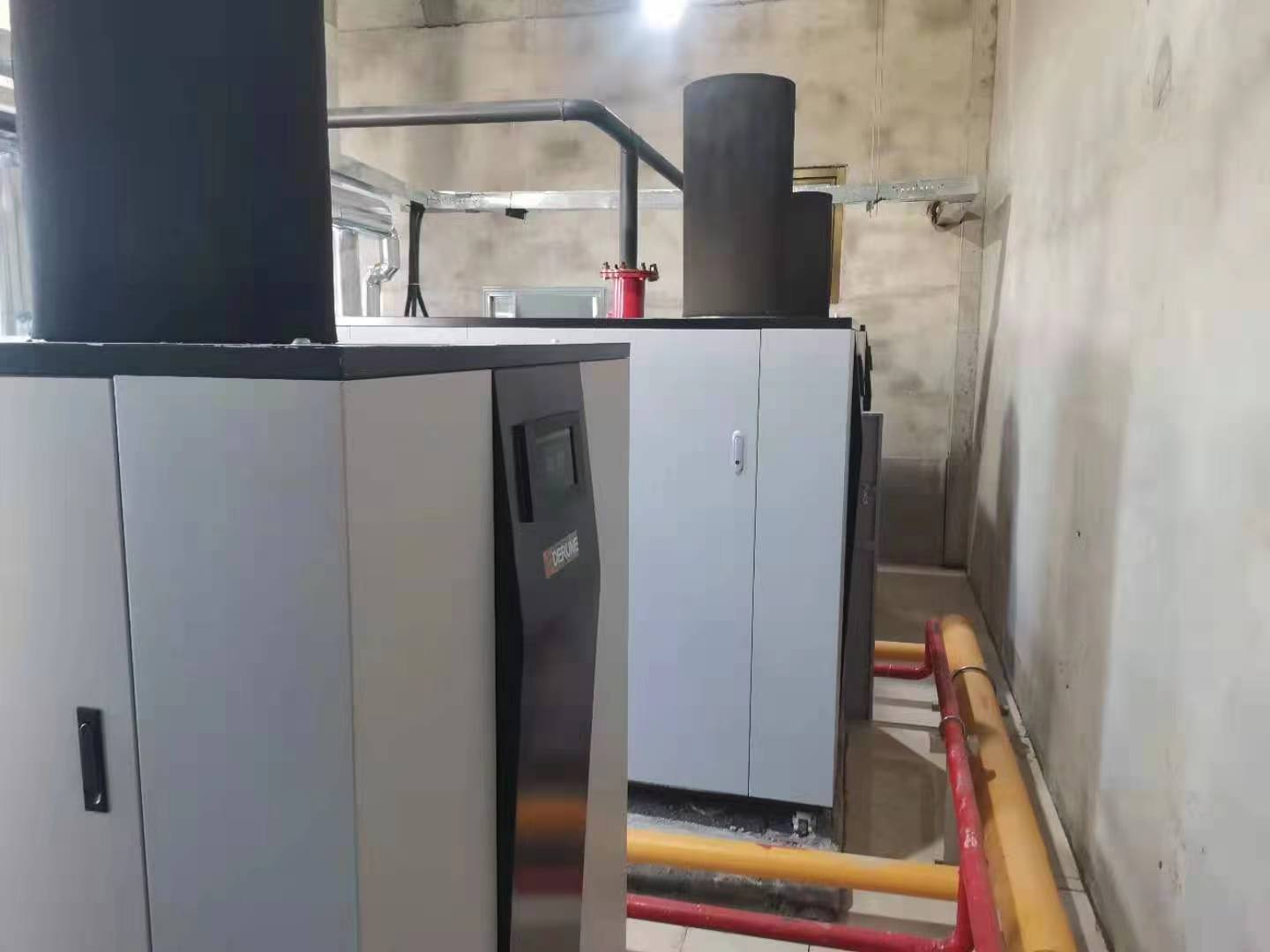- Afrikaans
- Albanian
- Amharic
- Arabic
- Armenian
- Azerbaijani
- Basque
- Belarusian
- Bengali
- Bosnian
- Bulgarian
- Catalan
- Cebuano
- China
- China (Taiwan)
- Corsican
- Croatian
- Czech
- Danish
- Dutch
- English
- Esperanto
- Estonian
- Finnish
- French
- Frisian
- Galician
- Georgian
- German
- Greek
- Gujarati
- Haitian Creole
- hausa
- hawaiian
- Hebrew
- Hindi
- Miao
- Hungarian
- Icelandic
- igbo
- Indonesian
- irish
- Italian
- Japanese
- Javanese
- Kannada
- kazakh
- Khmer
- Rwandese
- Korean
- Kurdish
- Kyrgyz
- Lao
- Latin
- Latvian
- Lithuanian
- Luxembourgish
- Macedonian
- Malgashi
- Malay
- Malayalam
- Maltese
- Maori
- Marathi
- Mongolian
- Myanmar
- Nepali
- Norwegian
- Norwegian
- Occitan
- Pashto
- Persian
- Polish
- Portuguese
- Punjabi
- Romanian
- Russian
- Samoan
- Scottish Gaelic
- Serbian
- Sesotho
- Shona
- Sindhi
- Sinhala
- Slovak
- Slovenian
- Somali
- Spanish
- Sundanese
- Swahili
- Swedish
- Tagalog
- Tajik
- Tamil
- Tatar
- Telugu
- Thai
- Turkish
- Turkmen
- Ukrainian
- Urdu
- Uighur
- Uzbek
- Vietnamese
- Welsh
- Bantu
- Yiddish
- Yoruba
- Zulu
10월 . 07, 2024 07:51 Back to list
packaged plate heat exchanger
Packaged Plate Heat Exchanger An Overview
Packaged plate heat exchangers (PHEs) are increasingly being utilized in various industries due to their efficiency, compact design, and versatility. These units are essential for transferring heat between two fluids without mixing them, making them a crucial component in applications ranging from HVAC systems to food processing and beyond. This article explores the concept of packaged plate heat exchangers, their advantages, configurations, and common applications.
Understanding Plate Heat Exchangers
At the core of a plate heat exchanger is a series of thin, corrugated plates stacked together to create channels for the two fluids. The arrangement allows for a large surface area, enhancing heat transfer efficiency. The plates are typically made from materials like stainless steel or titanium, which resist corrosion and are suitable for high-temperature applications. The compact nature of these exchangers creates a significant advantage over traditional shell-and-tube heat exchangers, particularly when space and weight are critical considerations.
Advantages of Packaged Plate Heat Exchangers
1. High Efficiency The design of PHEs allows for optimal heat transfer with minimal thermal resistance. The large surface area provided by the plates enables a more effective exchange of heat compared to other types of heat exchangers.
2. Compact Design Packaged plate heat exchangers are significantly smaller and lighter than conventional exchangers. This space-saving design makes them ideal for facilities with limited space or where modular installation is required.
3. Easy Maintenance PHEs are easier to clean and maintain due to their design. The plates can be accessed easily by separating them, making cleaning and inspections less labor-intensive.
4. Flexibility and Customization They can be tailored to fit specific application requirements. By adjusting the number of plates in the assembly or the design of the plates themselves, engineers can create a heat exchanger suitable for various operating conditions.
5. Enhanced Temperature Control The efficiency of heat transfer in PHEs allows for precise temperature control, crucial in sensitive applications such as food processing or chemical manufacturing.
Configurations
packaged plate heat exchanger

Packaged plate heat exchangers come in several configurations, including
- Single-Phase Heat Exchangers Used for heating or cooling liquids, often found in HVAC applications. - Two-Phase Heat Exchangers Designed to handle phase changes, like those occurring in refrigerants, making them suitable for chillers and heat pumps. - Dual-Service Heat Exchangers Capable of performing two functions at once, such as heating and cooling, which optimizes operational efficiency in some systems.
Common Applications
The versatility of packaged plate heat exchangers promotes their use across several fields
1. HVAC Systems In heating, ventilation, and air conditioning, PHEs are utilized for cooling towers, heat recovery systems, and district heating applications. Their ability to efficiently transfer heat makes them crucial in optimizing energy use.
2. Food and Beverage Industry Heat exchangers play a key role in pasteurization, cooling, and heating processes within this industry, helping maintain product quality and safety.
3. Chemical Processing In chemical plants, PHEs are frequently used to regulate temperatures in various reactions, ensuring safety and efficiency.
4. Power Generation In power plants, they facilitate the transfer of heat from steam to water in boilers and can aid in the recovery of waste heat in combined-cycle systems.
5. Marine Applications These heat exchangers are also used in marine environments for cooling and heating needs, taking advantage of their compact size and durability.
Conclusion
Packaged plate heat exchangers are a vital technology in numerous industries, providing efficient, compact, and flexible heating and cooling solutions. Their high efficiency, ease of maintenance, and adaptability to various applications make them an attractive choice for many engineers and facility managers. As industries continue to evolve and the demand for energy efficiency increases, the role of packaged plate heat exchangers is likely to grow, continuing to contribute to process optimization and sustainability.
-
8mm Thin-Walled Cast Steel Manhole Cover Pallet Bottom Ring | Durable
NewsAug.04,2025
-
Premium Cast Iron Water Main Pipe: Durable, Corrosion-Resistant
NewsAug.03,2025
-
Durable Cast Iron Water Mains | AI-Optimized Systems
NewsAug.02,2025
-
High-Efficiency Propane Boiler for Baseboard Heat | Save Energy
NewsAug.01,2025
-
Premium Source Suppliers for Various Gray Iron Castings
NewsJul.31,2025
-
Durable Cast Iron Water Main Pipes | Long-Lasting
NewsJul.31,2025


